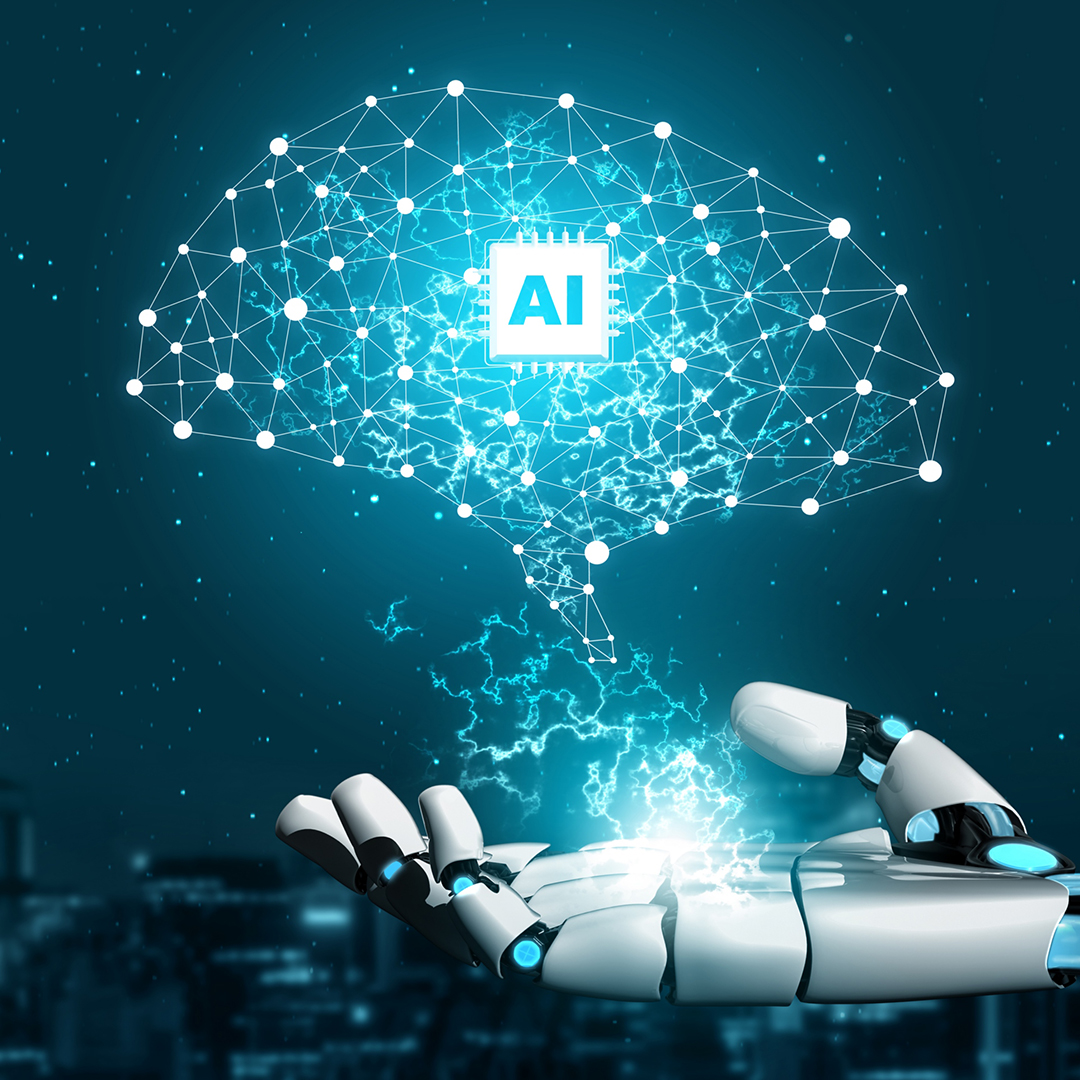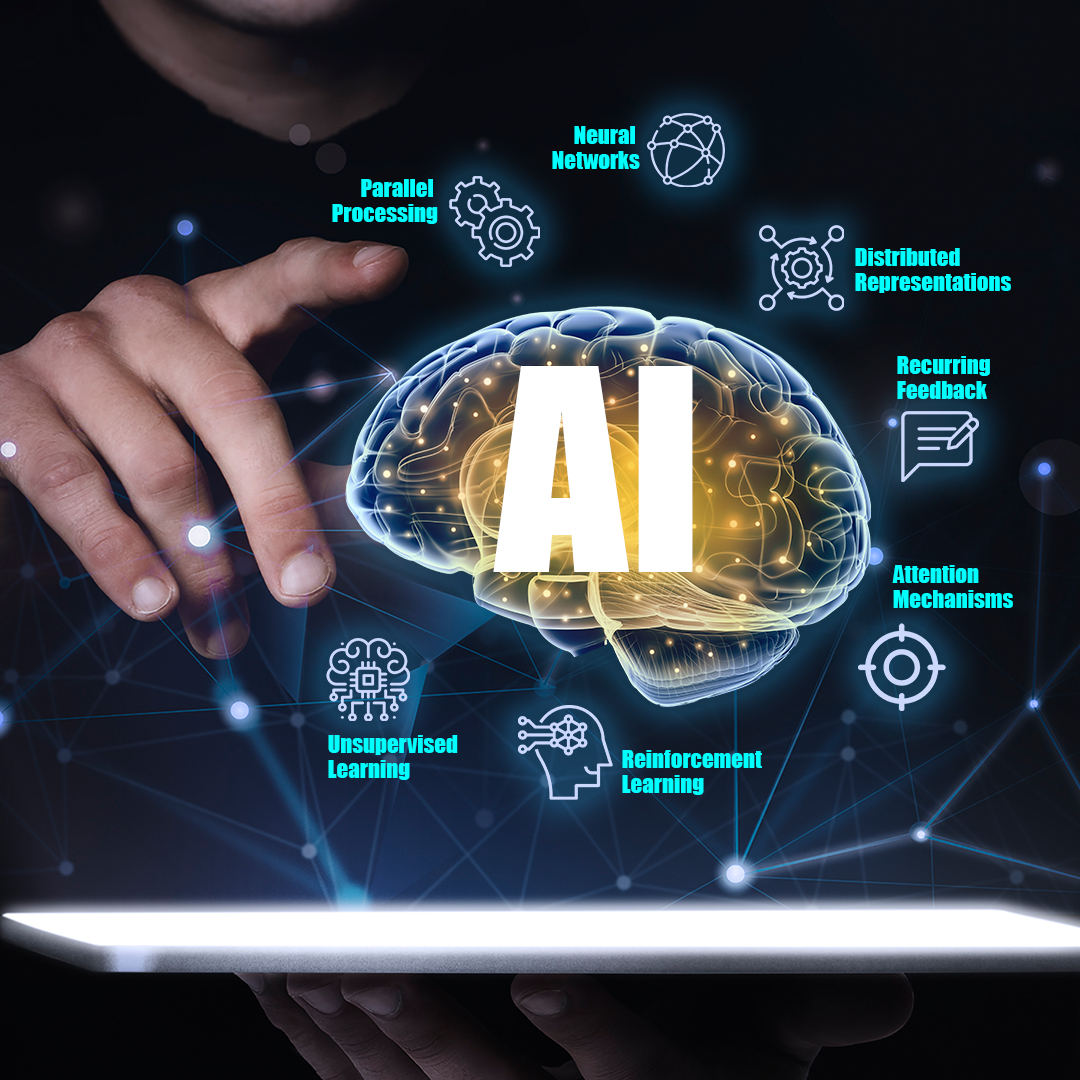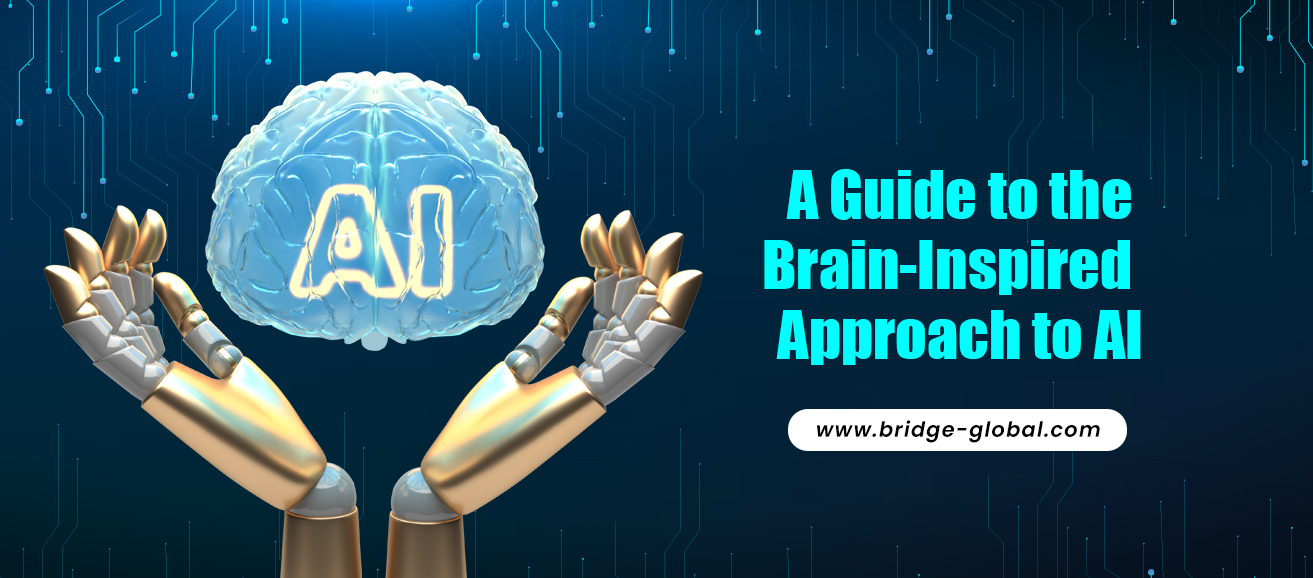The Brain-Inspired Approach to AI – A Developer’s Guide
The brain-inspired approach to AI came due to the AI business’ unprecedented success with the introduction of Neural Networks (also known as artificial neural networks). Modern artificial intelligence (AI) systems are propelled by neural networks designed after the human brain.
The goal of modern AI research is to create and apply learning algorithms that imitate the neural processes of the human brain. Their objective is to construct systems that learn and behave similarly to humans using machine learning (ML) and deep learning technologies.
Recent breakthroughs in brain-inspired AI have revealed a turning point in the collaboration of the two sciences, fueled by the progress of neuroscience and artificial intelligence (AI).
As a matter of fact, most experts specializing in custom software development are taking it a step further toward achieving innovative progress. The explanation is rather simple - use the purpose of AI to develop software algorithms that are as clever as, if not smarter than, humans.
So, as a developer, it is a must that you should comprehend the brain-inspired approach to AI system development. Well, shall we catch up on this emerging tech approach? Here we go.
Brain-Inspired Approach to AI: The Brain's Relationship To AI Systems
The brain-AI interaction is mainly favorable to both parties. The brain is the primary source of inspiration for artificial intelligence system design and its advancements, leading to a deeper knowledge of the brain and how it operates.
When it comes to the brain and AI, there is a mutual exchange of deep learning knowledge and ideas. Several instances demonstrate the favorably synchronal nature of this relationship:
1. Neural Networks
The invention of Neural Networks is arguably the most significant contribution of the human brain to the area of AI.

Neural Networks, in essence, are computer models that simulate the behavior and structure of organic neurons.
Neural network architecture and learning algorithms are heavily influenced by how neurons in the brain interact and adapt.
2. Simulations of the Human Brain
AI systems have been used to simulate the human brain and investigate its interactions with the physical environment. Researchers have developed Machine Learning techniques to simulate the activity of biological neurons involved in visual processing. The findings shed light on how the brain processes visual information.
3. Discoveries About The Brain
Researchers have begun to use ML and deep learning algorithms to analyze and acquire insights from brain data and Functional Magnetic Resonance Imaging (fMRI) images. These insights help to uncover patterns and relationships that might otherwise go undetected.
It can aid in our understanding of internal cognitive operations, memory, and decision-making. They also aid in the treatment of neurodegenerative diseases such as Alzheimer's.
Fundamental Principles Behind The Brain-Inspired Approach to AI

Now that we are clear about the brain’s relationship to AI, we will now go over various notions that can help AI mimic the way the human brain works. Proven AI statistics and trends show that these ideas have aided AI researchers in developing more powerful and intelligent technologies capable of executing complicated tasks.
1. Neural Networks
As previously noted, neural networks have perhaps drawn the most inspiration from the human brain and have had the greatest effect on the area of artificial intelligence.
Neural Networks, in essence, are computer models that imitate the behavior and structure of organic neurons. The networks are composed of multiple layers of linked nodes known as artificial neurons, which help in information processing and transmission. This is comparable to what dendrites, somas, and axons perform in organic brain networks.
Neural networks are designed to learn from previous experiences in the same manner that the brain does with deep learning algorithms at its heart.
2. Distributed Representations
Distributed representations are just a method of encoding thoughts or ideas as a pattern along numerous nodes in a neural network to generate a pattern.
A notion may be represented (encoded) in a neural network by a specific collection of nodes. So, if a network encounters a picture of that specific notion, it will utilize the selected nodes to make meaning of the image.
This method aids AI systems in remembering complicated concepts or links between concepts in the same manner that the brain detects and retains complex inputs.
3. Recurring Feedback
This is a training strategy for the brain-inspired approach to AI and models developed for it. The output of a neural network is returned as input to allow the network to integrate its output as extra data input during training. This is analogous to how the brain uses feedback loops to change its model depending on prior experiences.
4. Parallel Processing
Parallel processing is dividing difficult computing processes into smaller pieces and processing the tiny parts on another processor to boost performance. This method allows AI systems to analyze more input data quicker, similar to how the brain can execute many activities at once (multi-tasking).
5. Attention Mechanisms
This is a strategy that allows artificial intelligence models to focus on specific segments of incoming data. It is often used in industries with complicated and time-consuming data, such as Natural Language Processing. It is inspired by the brain's capacity towards attention to only select portions of a highly distracting environment, such as your ability to tune into and engage with one conversation among many.
6. Reinforcement Learning
Reinforcement Learning is a machine learning method that uses deep learning for training AI systems. It was inspired by the way humans learn via trial and error. It entails an AI agent earning rewards or penalties based on its activities. This allows the agent to learn from its failures and be more efficient in future actions. This method is highly prevalent in game development.
7. Unsupervised Learning
The brain is continually getting fresh streams of data in the form of noises, visual material, sensory experiences to the skin, and so on. It must make sense of everything and strive to develop a cohesive and logical understanding of how all these seemingly differing occurrences affect its physical condition.
Unsupervised Learning is a technique used in artificial intelligence that allows it to make sense of seemingly differing data points. It is an AI training approach in which AI systems are trained to make sense of raw, unstructured data without explicit labeling using various unsupervised learning algorithms.
Brain-Inspired Approach to AI - The Round-Off
AI applications in practically every sector of society - finance, industry, education, communication, health, retailing, and services - are expanding at a rapid pace, with no end in sight. These developments are unlikely to be a temporary fad, but the sense of accomplishment will only continue to grow through additional AI innovation that overcomes many of its existing limits.
The brain-inspired approach to AI appears to be the natural way for developing AI systems, well not entirely, as of now. It does have its own set of shortcomings. However, we may look forward to the future with optimism that developments are being made to remedy these challenges. And when they do, make sure you take part in this parade towards achieving excellence. For this, make sure you partner with an established custom software development company in developing highly innovative and intelligent technologies.



